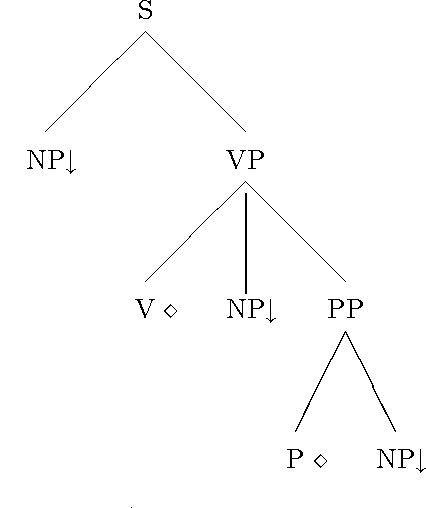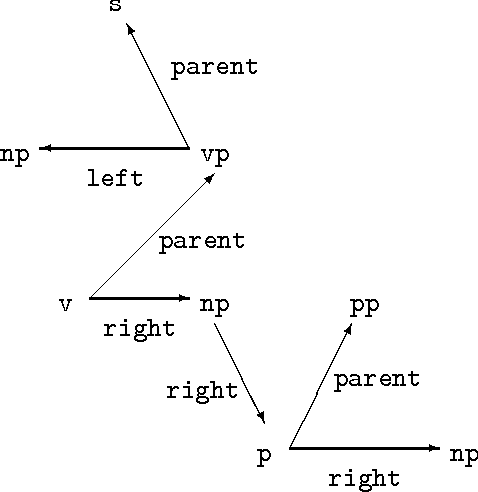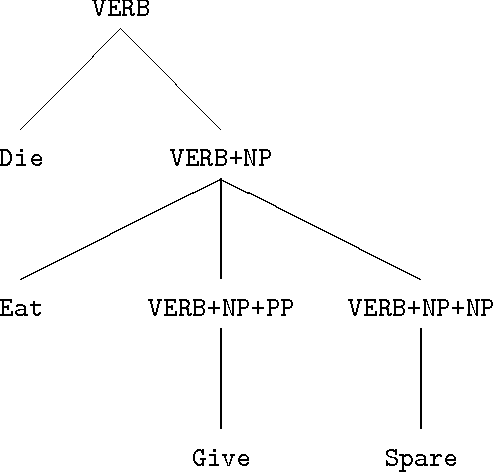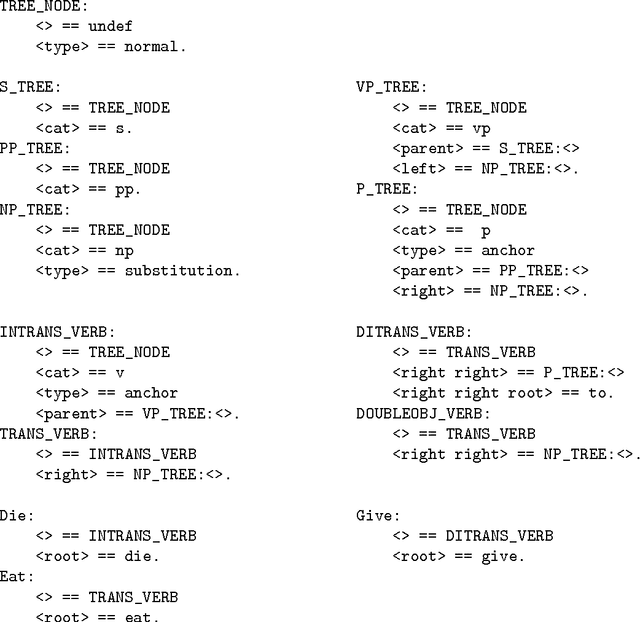Roger Evans
University of Brighton
Encoding Lexicalized Tree Adjoining Grammars with a Nonmonotonic Inheritance Hierarchy
May 15, 1995


Abstract:This paper shows how DATR, a widely used formal language for lexical knowledge representation, can be used to define an LTAG lexicon as an inheritance hierarchy with internal lexical rules. A bottom-up featural encoding is used for LTAG trees and this allows lexical rules to be implemented as covariation constraints within feature structures. Such an approach eliminates the considerable redundancy otherwise associated with an LTAG lexicon.
* Latex source, needs aclap.sty, 8 pages
Using default inheritance to describe LTAG
Jan 09, 1995
Abstract:We present the results of an investigation into how the set of elementary trees of a Lexicalized Tree Adjoining Grammar can be represented in the lexical knowledge representation language DATR (Evans & Gazdar 1989a,b). The LTAG under consideration is based on the one described in Abeille et al. (1990). Our approach is similar to that of Vijay-Shanker & Schabes (1992) in that we formulate an inheritance hierarchy that efficiently encodes the elementary trees. However, rather than creating a new representation formalism for this task, we employ techniques of established utility in other lexically-oriented frameworks. In particular, we show how DATR's default mechanism can be used to eliminate the need for a non-immediate dominance relation in the descriptions of the surface LTAG entries. This allows us to embed the tree structures in the feature theory in a manner reminiscent of HPSG subcategorisation frames, and hence express lexical rules as relations over feature structures.
 Add to Chrome
Add to Chrome Add to Firefox
Add to Firefox Add to Edge
Add to Edge